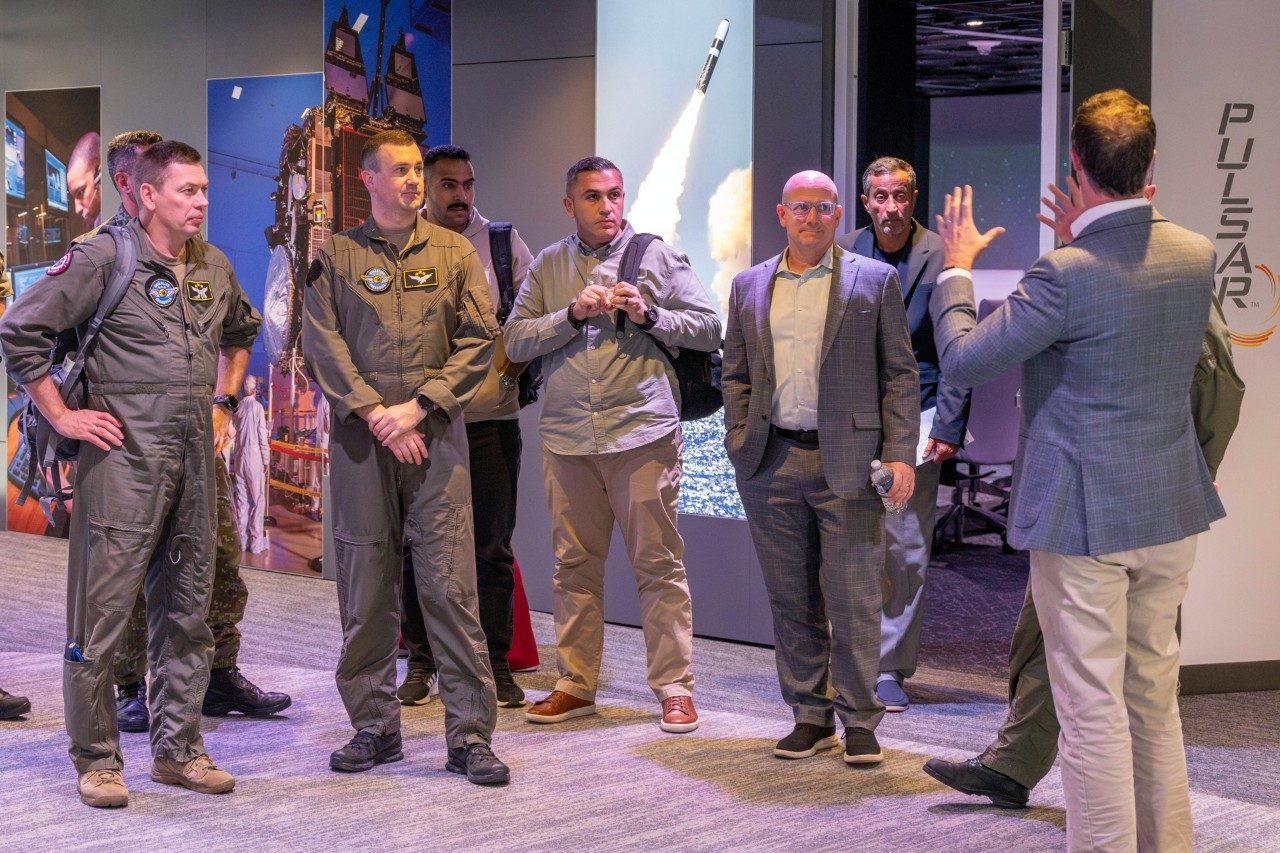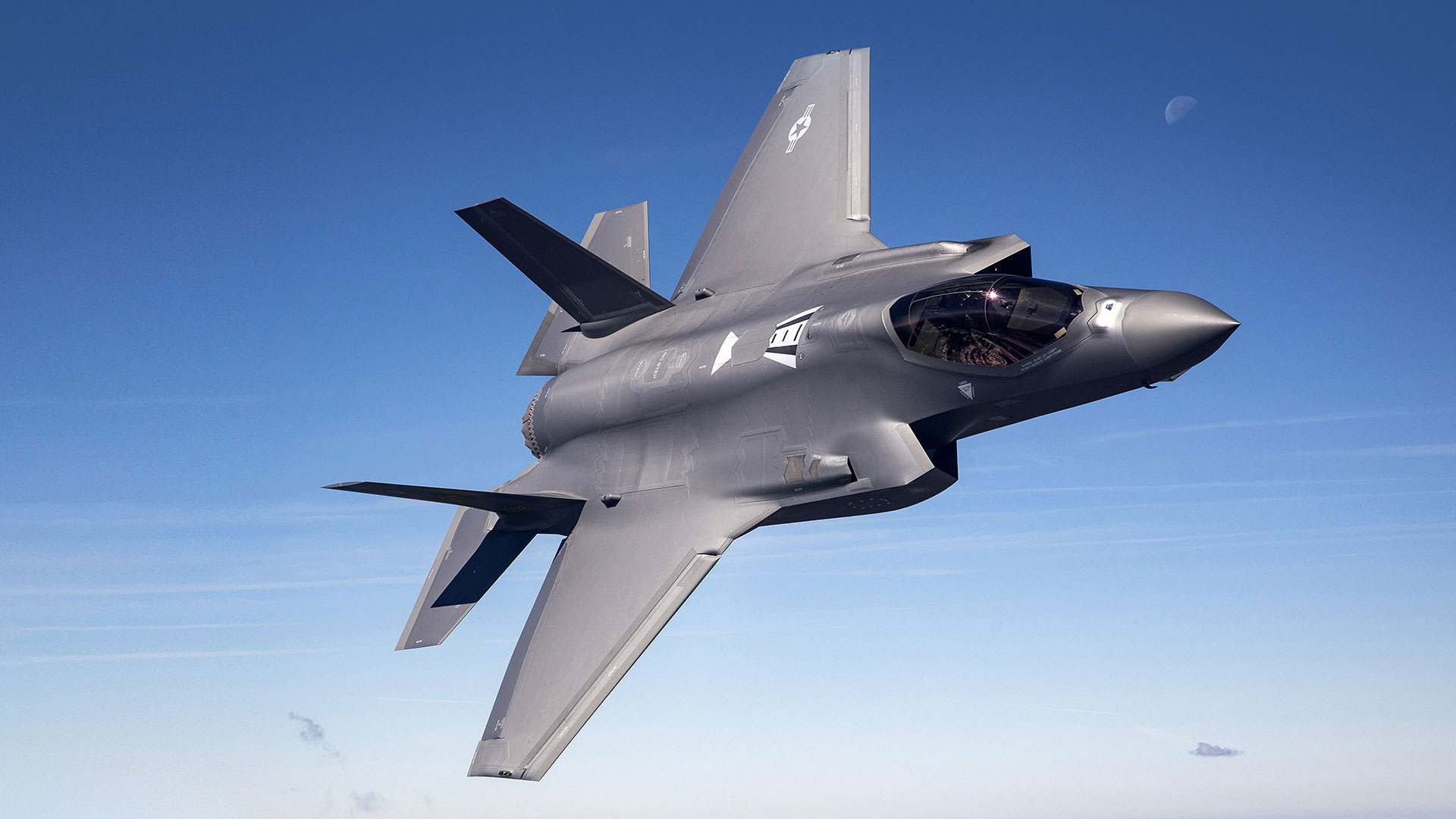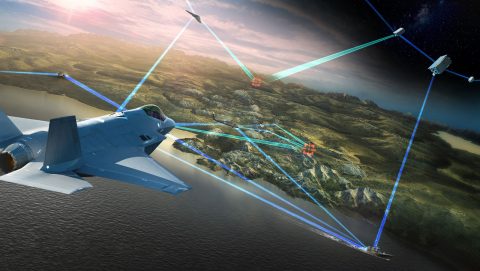Black Hawk Operators Shape the Helicopter’s Next Generation of Flight
Pilots, crews, maintainers and support personnel who live and breathe the Black Hawk recently gathered with Sikorsky for an operator driven forum where they exchanged hard-won lessons, discussed emerging challenges, and reinforced the bonds that make the Black Hawk so iconic and the community so resilient.
With a focus on open dialogue and operator feedback, the event centered on how the Black Hawk will continue to evolve to meet mission demands for the next five decades.
A Global Community
From NATO allies to partner nations in the Middle East and Asia-Pacific to California wildfires, every attendee arrived with a common purpose: how to sustain and extend the life of their Black Hawks and make the aircraft they depend on even better. Participants shared real-world stories of flight operations, maintenance efficiencies, and discussed mission tailored solutions. The dialogue underscored the operator experience — from dusty desert operations to successes in the Indo-Pacific theater, and how the aircraft is relied on for rescue, national security, humanitarian assistance and disaster relief, firefighting, military operations, and law enforcement.
“There is no substitute for hearing directly from our customers who provide us with the most valuable insights,” said Sikorsky Vice President of Army and Air Force Systems Hamid Salim. “We applaud the missions they execute across the globe every day. These operators are the ones who continue to inspire us to transform the Black Hawk’s capability into a lifesaving asset.”

The Heart of the Black Hawk
The gathering reinforced a simple truth articulated by Sikorsky Vice President and General Manager Rich Benton quoting company founder Igor Sikorsky: “We the designers and builders of airplanes would be building something useless and worthless if it wouldn’t be for the skill and courage of our airmen.”
The sentiment reinforced the Black Hawk’s enduring success is rooted in the dedication and expertise of the people who fly and maintain it.
This year alone, Sikorsky helicopters have saved over 4,000 lives and the Black Hawk has been a constant workhorse in these rescues. Whether used by the National Guard to respond to disasters; delivering humanitarian aid across Europe, supporting relief operations in the Philippines, battling LA County wildfires with the FIREHAWK, or hoisting stranded hikers, the Black Hawk continues to prove itself a lifeline—made possible only by the skill and determination of the operators who bring every mission to life.
Focus on the Future of the Fleet
A resounding theme was Sikorsky's commitment to the Black Hawk remaining the backbone of aviation, powering the U.S. Army and global partners alike, mission after mission, for decades to come. “Black Hawk modernization is one of the largest investments we make every year,” said Benton. “We’re going to continue to invest to maintain its readiness and relevance for the next 50 years.”
Today’s upgrades deliver more power, greater payload and extended range while reducing fuel consumption. With a digital backbone, Modular Open-System Approach and autonomy, the Black Hawk will support rapid UAS integration, faster capability updates, and enhanced survivability well into the future.




